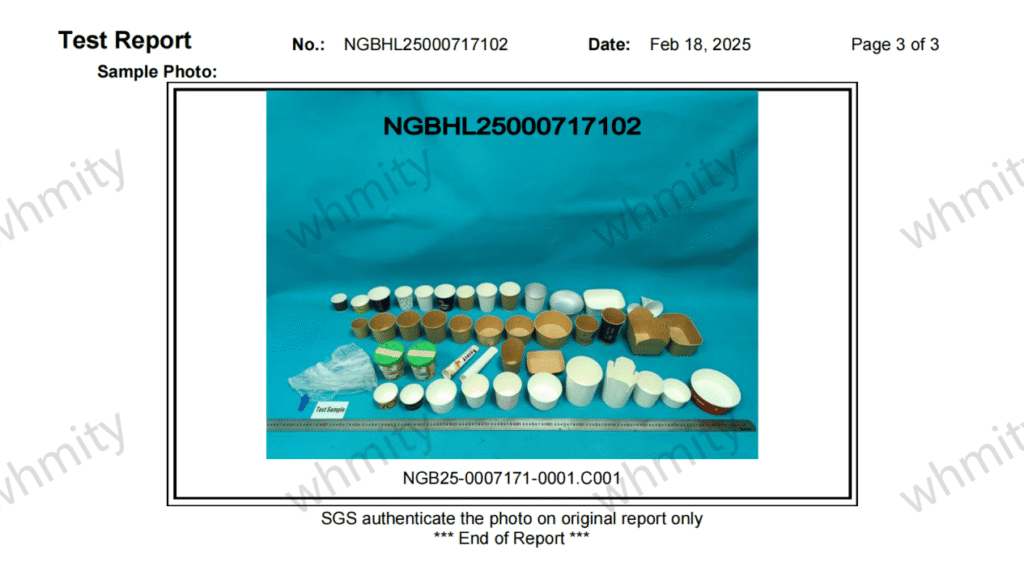A coffee cup may look ordinary, but the wrong choice in material can ruin the drinking experience and harm your brand.
To choose the right coffee cup material, focus on paper quality1, GSM2 weight, coating type3, and certified safety—so every sip is safe, comfortable, and delicious.
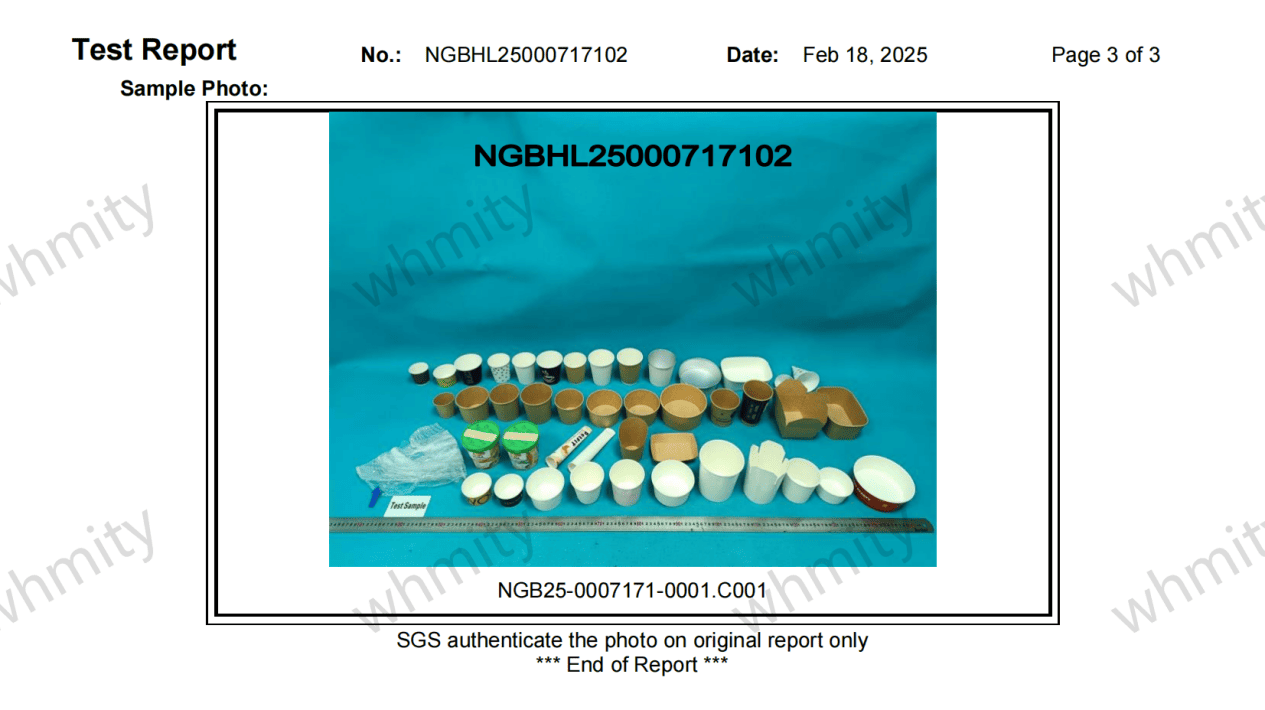
In my work with cafes and beverage chains, the most common mistake I see is choosing cups based only on price. The best choice protects the customer, the drink, and your reputation.
What is GSM2 in a paper cup?
This is the first thing to check when buying.
GSM2 (grams per square meter) measures paper weight and thickness—higher GSM2 gives more stiffness, better heat insulation, and a premium feel.
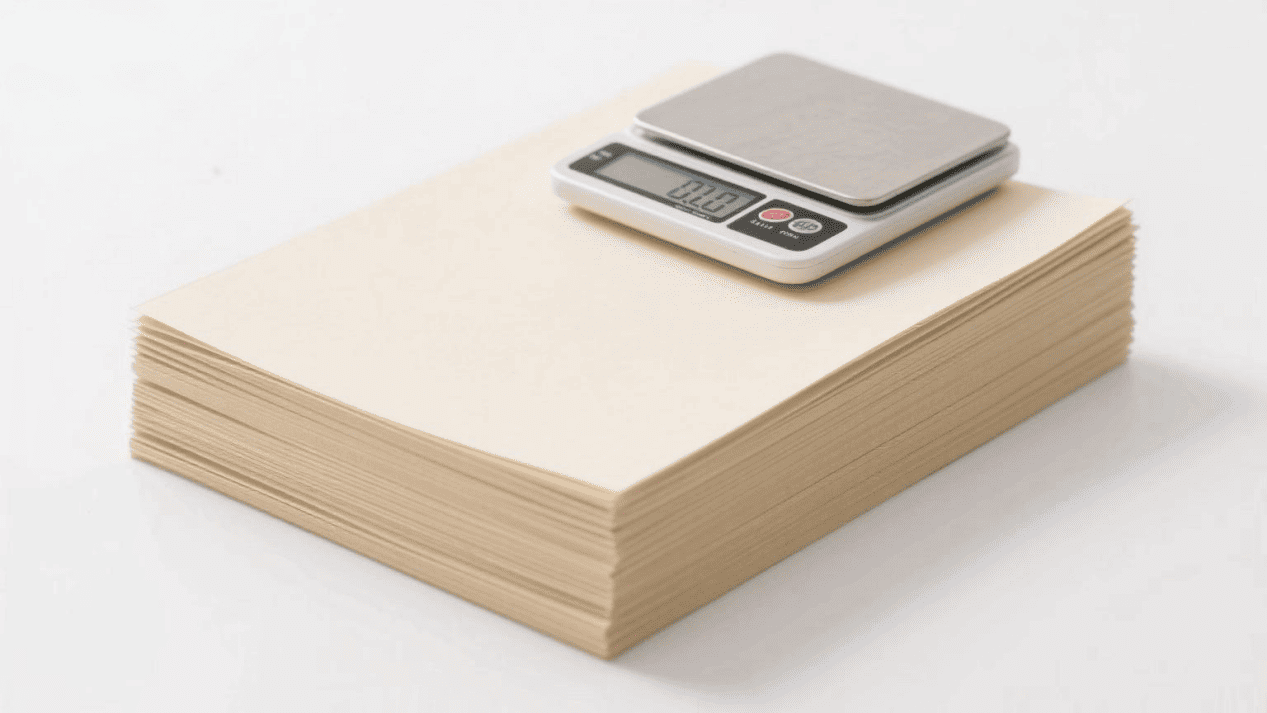
For hot coffee, most cafes choose 280–320 GSM2 paper to balance insulation and cost. Lower GSM2 may work for cold drinks but often feels flimsy with hot beverages.
| GSM2 Range | Typical Use | Benefits |
|---|---|---|
| 170–250 | Cold drinks | Lower cost, easy to form |
| 250–280 | Hot drinks (economy) | Light but adequate insulation |
| 280–320 | Hot drinks (premium) | Stronger, better hand comfort |
| 320–350 | Specialty coffee | Luxury look and heat retention |
I remember switching a client’s cappuccino cups from 260 GSM2 to 300 GSM2. Customers immediately noticed and commented on the sturdier feel.
What type of paper is used for coffee cups?
Coffee cups need more than basic paper—they need a food-safe foundation4.
High-quality coffee cups use food‑grade virgin wood pulp paper with a waterproof coating5 to keep drinks hot and hands safe.

The paper must be certified for direct food contact to prevent chemical migration. The coating matters too—PE is common, but PLA6 is preferred for eco‑friendly branding.
| Paper Type | Coating Type | Benefit |
|---|---|---|
| Food‑grade paper | Single PE | Affordable, basic waterproofing |
| Food‑grade paper | Double PE | Extra waterproofing, better for long service |
| Food‑grade paper | PLA6 | Plant‑based, compostable, eco‑friendly image |
I helped a local roastery switch from single PE to PLA6 lining with FSC‑certified paper. It became a selling point for their sustainability‑minded customers.
How to identify paper quality1?
Looks alone can be misleading.
Check for stiffness, smoothness, even coating, and certifications like FDA7, LFGB, or FSC when choosing paper cup materials.
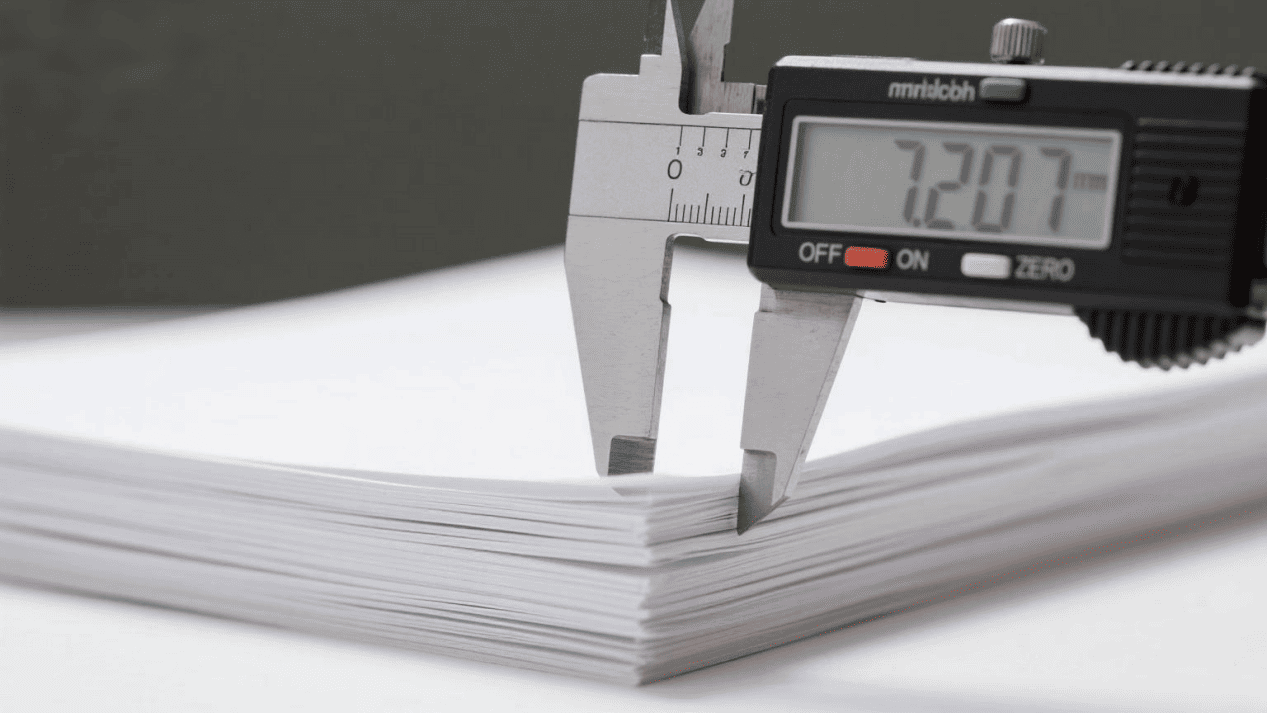
Here’s a quick method: squeeze the rim—good cups resist bending. Run a finger across the surface—quality paper feels smooth, without loose fibers. Hold it up to the light—poor coatings may look patchy or uneven.
| Test Method | What to Look For |
|---|---|
| Rim Squeeze | Resists bending without cracking |
| Surface Feel | Smooth, no fuzz or fiber shedding |
| Light Check | Consistent coating with no thin patches |
| Fill Test | Holds hot liquid for 5+ minutes without softening |
| Docs Check | Food safety and sustainability certifications8 |
One of my clients ordered a trial batch from two suppliers. The cheaper one softened in 2 minutes with hot coffee; the more expensive one stayed solid for over 10 minutes.
Is there BPA in paper cups?
With health concerns rising, material safety is a top priority.
Most quality paper cups are BPA‑free, but you should always confirm with suppliers and request test reports.
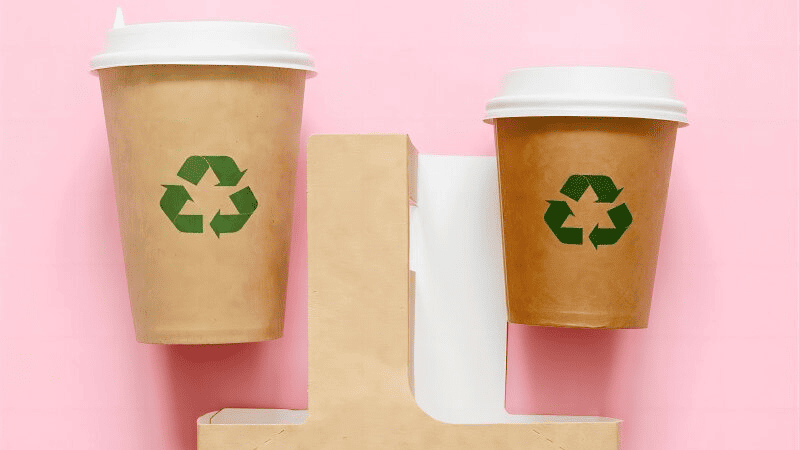
BPA is mostly linked to certain plastics, but trace risks exist if coatings are low quality. Modern premium cups, especially those with PLA6 or food‑safe PE coatings, are tested to be BPA‑free.
| Coating Type | BPA Content Risk | Typical Certification Required |
|---|---|---|
| PE | Low if food‑grade | FDA7, LFGB |
| PLA6 | None | EN13432, FDA7 |
| Recycled plastic blends | Higher risk | Full migration tests |
When advising new café owners, I always tell them to keep material test results in a folder. It’s protection for the business and peace of mind for customers.
Conclusion
Choosing the right coffee paper cup means matching GSM2, paper type, coating, and safety testing. Done right, it protects customers, elevates brand value, and ensures every drink is delivered perfectly.
1.Get tips on assessing paper quality to ensure durability and customer satisfaction. ↩
2.Understanding GSM helps you choose the right paper weight for insulation and quality. ↩
3.Discover the various coating types and their benefits for maintaining drink temperature and safety. ↩
4.Learn about the importance of food-safe materials for customer safety and satisfaction. ↩
5.Explore different waterproof coatings to ensure your cups keep drinks hot without leaks. ↩
6.Find out how PLA coatings contribute to eco-friendliness and sustainability in coffee cups. ↩
7.Understand the significance of FDA certification for ensuring safety in food contact materials. ↩
8.Explore various sustainability certifications that enhance your brand's eco-friendly image. ↩
